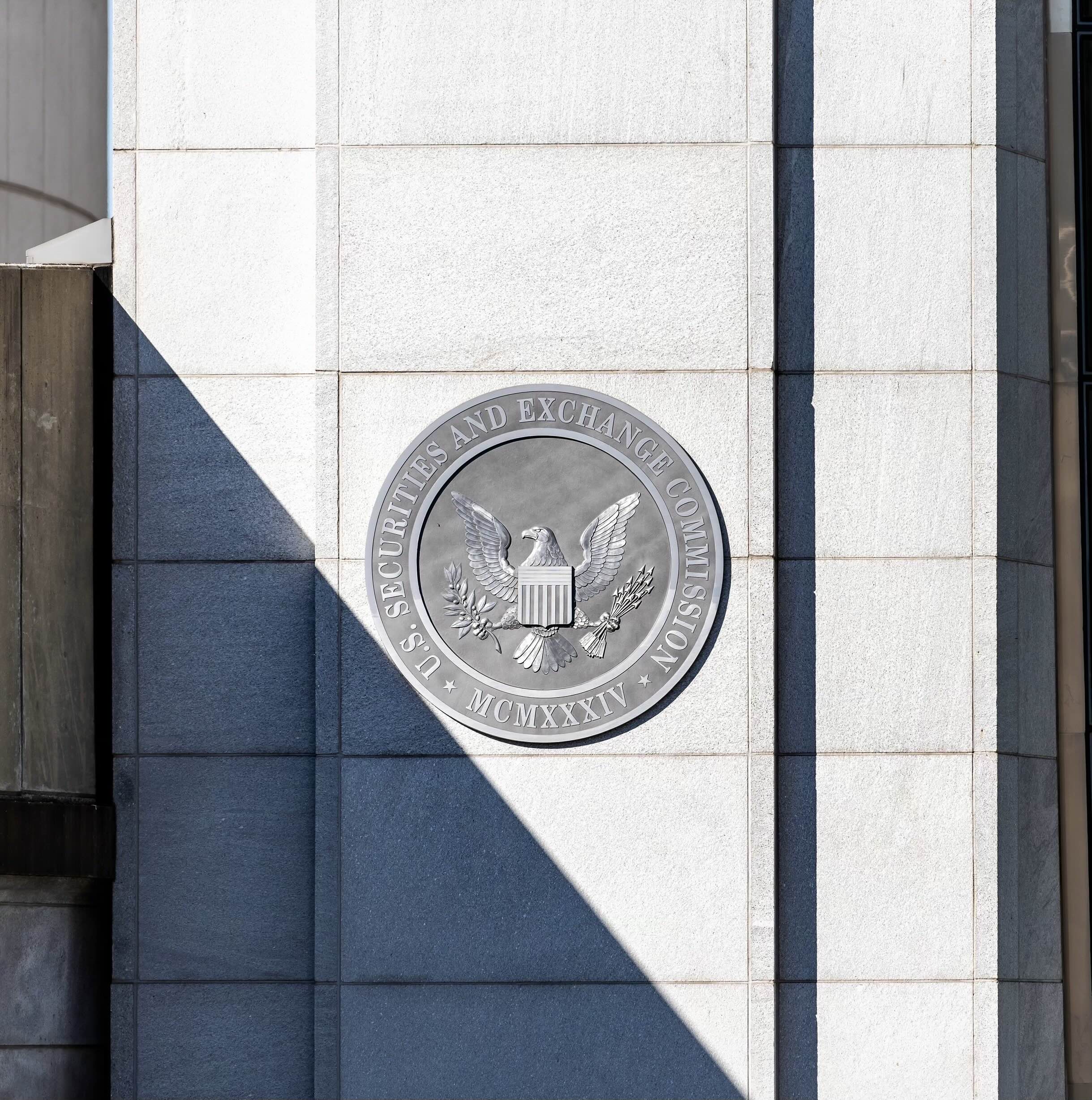SEC Staff Tries to Untangle Filing Backlog After Government Shutdown
Key Takeaways
- Large Backlog: More than 900 registration statements were filed during the shutdown, and SEC staff will review them in the order received.
- Automatic Effectiveness: Registration statements filed without delaying amendments will still become effective after 20 days, but all normal liability and antifraud provisions remain fully in force.
- Issuer Guidance: Companies with time-sensitive or review-specific concerns are encouraged to contact their assigned SEC industry office.
Deep Dive
The Securities and Exchange Commission’s Division of Corporation Finance is stepping back into gear after the federal government shutdown, and its first order of business is tackling the more than 900 registration statements that piled up while the lights were off. To help issuers understand what happens next, the Division has released new guidance that outlines how filings submitted during the shutdown will move forward now that staff are back at their desks.
Rather than leaving companies to guess when their filings become effective or whether amendments are required, the Division pulled together nine practical Q&As covering registration statements, proxy filings, post-effective amendments, Form 10s, and draft submissions. It’s meant to clear up the uncertainty that lingered throughout the shutdown, which began on October 1 and paused many government functions until Congress passed a continuing resolution on November 12. With the government now funded through January 30, 2026, the SEC is focused on restoring normal processing as quickly as possible.
Registration Statements Moving Without Delay
One of the biggest points of confusion was whether issuers had to reinsert delaying amendments now that operations have resumed. The answer is they don’t. Any company that removed delaying language or filed a registration statement without it, during the shutdown is in the clear. Those filings will simply become effective after 20 days under Section 8(a) and Rule 459.
Still, the Division stressed that the usual liability and antifraud rules remain fully in play. If a registration statement becomes effective automatically, it must be complete and accurate, shutdown or not.
The staff also clarified it won’t pursue enforcement if a prospectus filed during the shutdown omitted Rule 430A information and became automatically effective. And for issuers who want effectiveness earlier than the 20-day period, they can ask for acceleration, provided they re-introduce a delaying amendment and meet Rule 461 requirements.
Post-Effective Amendments, Proxies, and Form 10s
For post-effective amendments submitted while operations were paused, the Division plans to declare them effective unless the issuer specifically requests a delay. Companies needing more time should reach out to their industry office quickly.
Preliminary proxy and information statements filed during the closure (PRE14A, PREM14A, PRE14C, PREM14C) can now move to definitive form once the 10-day period has passed. If the staff had planned to review them before the shutdown, that review will continue.
Form 10s will work as usual: those filed before or during the shutdown become effective after 60 days, triggering Exchange Act reporting. Even if the Form 10 itself wasn’t reviewed, issuers should expect staff review of subsequent periodic reports.
If a filing or draft submission was already under review, it stays in line, review will pick up where it left off. Anything submitted during the shutdown joins the queue and will be processed in the order received, regardless of delaying amendments or lack thereof.
A Government Restart, and a Race to Catch Up
The Division’s guidance sits against the backdrop of a broader federal restart. With roughly 750,000 federal employees furloughed during the lapse and agencies forced into contingency plans, the shutdown created ripple effects well beyond capital markets. Under the Government Employee Fair Treatment Act, furloughed staff will receive retroactive pay, and agencies are now racing to recover lost time.
For issuers, though, the priority is clarity, and the Division is trying to provide it. With the backlog now being worked through, companies with urgent timing concerns are encouraged to contact their industry office directly. The updated Q&A, published November 13, is intended to give issuers a clearer sense of how their filings will progress in the weeks ahead as the SEC works through one of its largest shutdown-related logjams in recent memory.
The GRC Report is your premier destination for the latest in governance, risk, and compliance news. As your reliable source for comprehensive coverage, we ensure you stay informed and ready to navigate the dynamic landscape of GRC. Beyond being a news source, the GRC Report represents a thriving community of professionals who, like you, are dedicated to GRC excellence. Explore our insightful articles and breaking news, and actively participate in the conversation to enhance your GRC journey.
Sponsored by






.svg)

.svg)